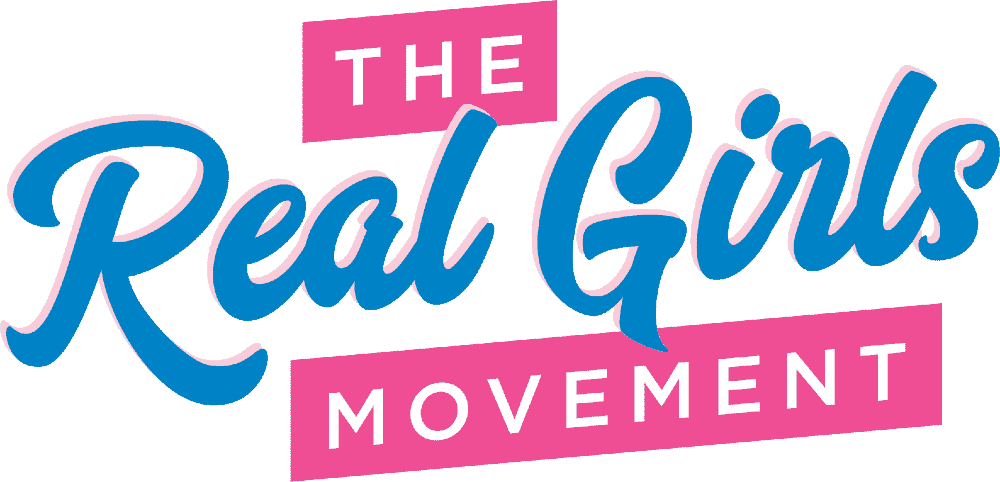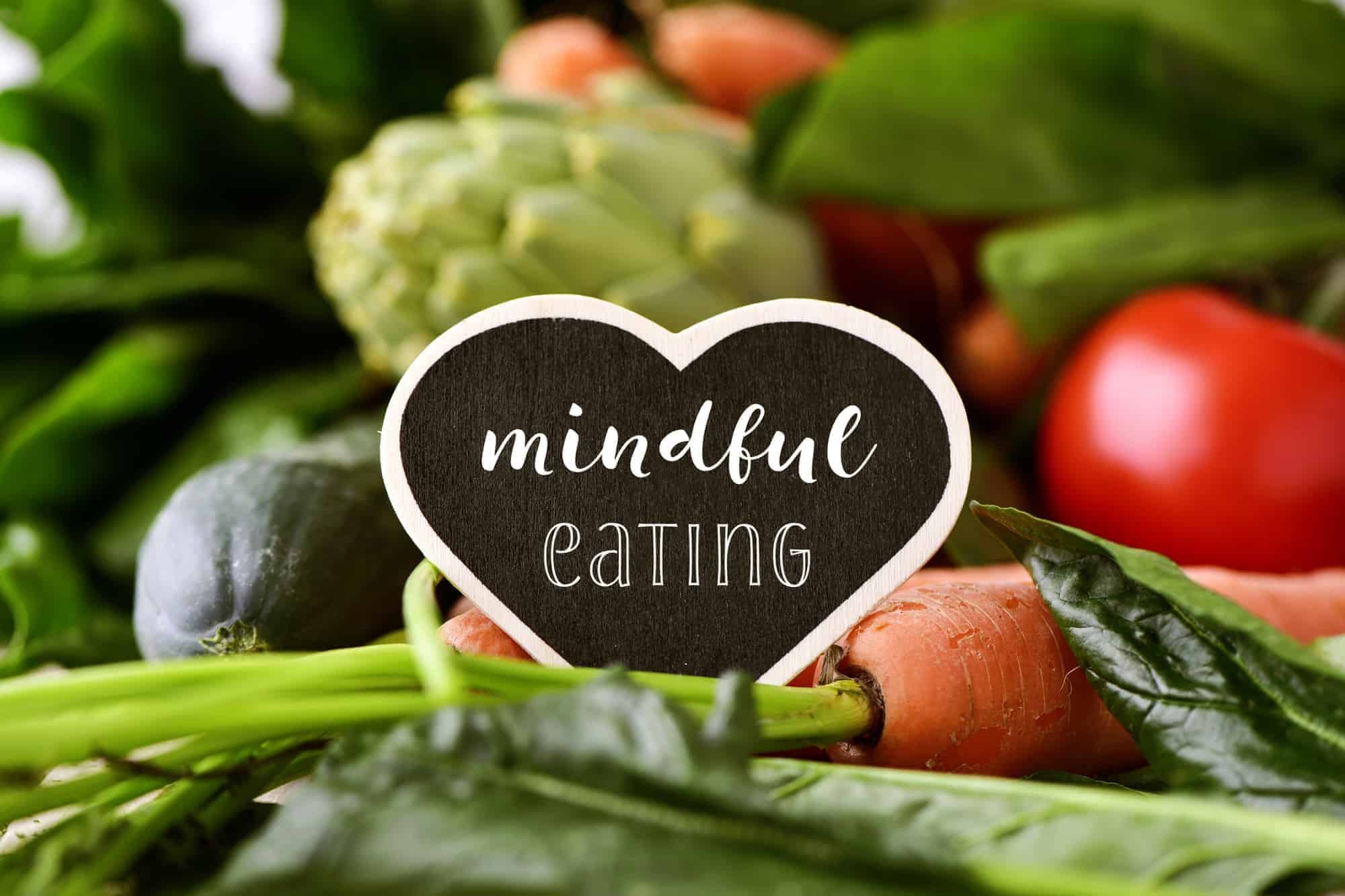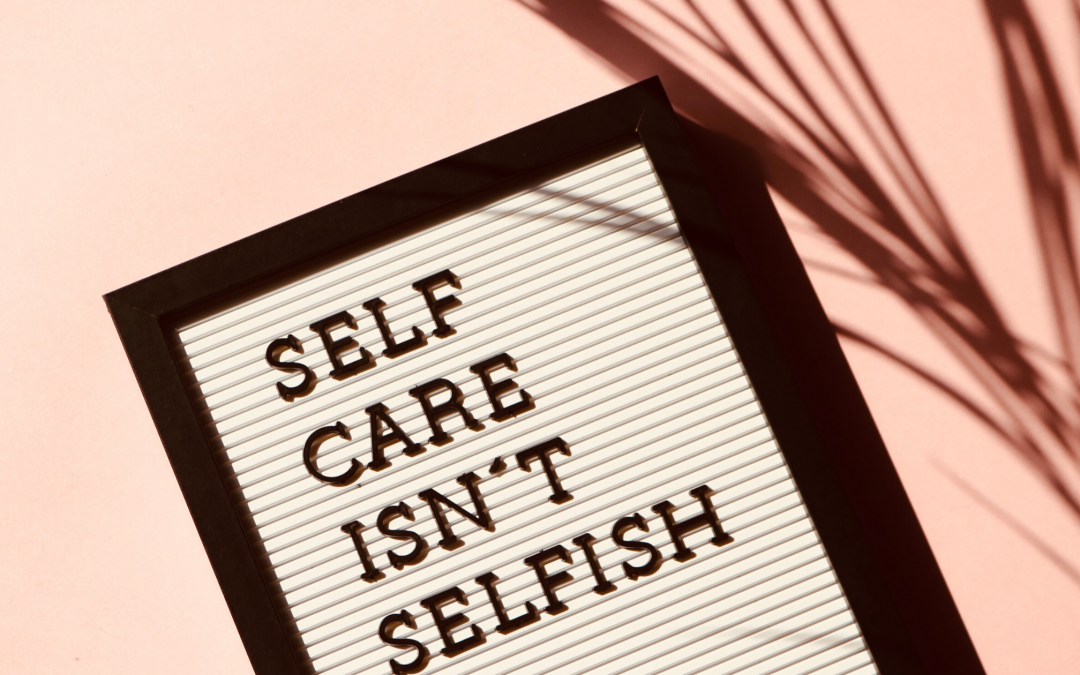As a nutrition coach I focus on habits and behaviours – and the first habit I introduce to clients is mindful eating.
We’re often told WHAT to eat… what types of foods, how much of them, what combinations, and what time to eat them – all with the intention of creating more healthful habits.
But, rarely are we guided in HOW to eat food…with mindfulness. For me (and my clients) I truly believe that it is JUST as important or in fact – the MOST important habit to work towards when creating more “health-full” lifestyle.
As adults we can categorise why we eat into two camps – physical and emotional ‘hunger’. I wrote a post on how to tell the difference between physical hunger and emotional cravings a little while ago. Eating mindfully is a powerful strategy you can use to help identify when to eat and how much to eat. Mindful eating also helps you identify whether you are experiencing physical hunger or an emotional craving.
Eating mindfully is often much easier when we are on holidays, when we are relaxed and away from our usual distractions. However it can be incredibly challenging to practice this habit in our normal day to day lives. Work, busy families, physical routines, and all the other daily distractions often have us rushing and eating without thinking.
The good news is I have seven simple ideas to help you establish more mindful eating habits, and perhaps start to reconnect the body and mind again.
1. Tune in to your body’s signals
Rather than just eating on emotional cues (different for each of us, like sadness, anger, frustration, loneliness, stress or even just boredom) we can learn to tune into and be better listeners of our body’s actual hunger signals.
For example, is your stomach growling, is your energy low, are you feeling a little lightheaded, or even ‘hangry’? Are you hungry enough to eat a plate of broccoli? or kale? If not, are you TRULY hungry?
2. Put food on a…plate
Too obvious? Think about this: eating out of a bag or container is not a very mindful practice! So, get in the habit of placing even snacks on a plate before eating them. This helps you to take notice of exactly what and how much you’re actually eating. It’s amazing the difference it makes to see the size portion of a pre-prepared meal or snack on your usual dinner set. What looks like a normal ‘serving’ is often considerably larger.
Also, acknowledge the time, effort and passion you put into creating your meal. Consider all the ingredients, and the preparation and intention involved in getting the food from stove to plate! Chanel your inner ‘master chef’ when plating up your food. Presentation can make a huge difference to how we perceive a meal.
3. Sit….at a table
Now that you’re eating from a plate, continue “formalising” your dining experience by always sitting at a table.
This helps to pull your attention back to your food and to your eating habits. It has also been shown to dramatically reduce overeating – especially for those who tend to eat in front of the TV.
If you want to go to the ‘next level’ prepare and set out the table as if you were having a dinner party for friends. Matching dinner set, fancy glasses for your water, maybe a centre piece and nice table cloth. Making dining at home an experience has been shown to have a positive impact on our eating behaviour and satisfaction.
4. Absolutely, positively NO devices at the table
Now that you’re sitting at a proper table, designating the first few minutes of a meal for quiet, mindful practice can be beneficial – for everyone at the table. This includes putting away the devices and turning off the TV.
5. Slo-o-o-o-w down (and chew!)
Slowing down is one of the easiest, and most effective ways we can get our body + mind to coordinate in their signals of what we really need for nutritional purposes.
The body actually sends its “I’m full!” signal about 20 minutes after the brain – a little glitch in human physiology and also why it can be easy to overeat. But, if we slow down, we can give our body a chance to catch up to our brain, hear the signals properly, and eat the right amount.
Chewing more, and more slowly, is probably THE simplest and most effective way to begin developing the habit of eating mindfully.
6. Put down that fork!
Putting your fork down between bites of food reinforces your enhanced chewing habit, rather than mindlessly picking at your plate or preparing to shovel in your next bite. Yet another opportunity to really taste your food!
7. Make it more difficult to feed yourself
Making things more difficult is a great way to force yourself to pay attention to a more intentional act of eating – you can apply this to many areas of your life!
One way to up the challenge is to eat with your non-dominant hand. For 90% of us, that’s our left hand. While this may seem tedious to do at every meal, try it for breakfast or maybe just at snack time – or maybe at a dinner with friends for some entertainment value!
So, there you have it – seven super easy, but actionable ways you can start practicing mindfulness, especially when you’re eating. Your whole body will benefit from simply slowing down, and being more intentional and present while eating.





